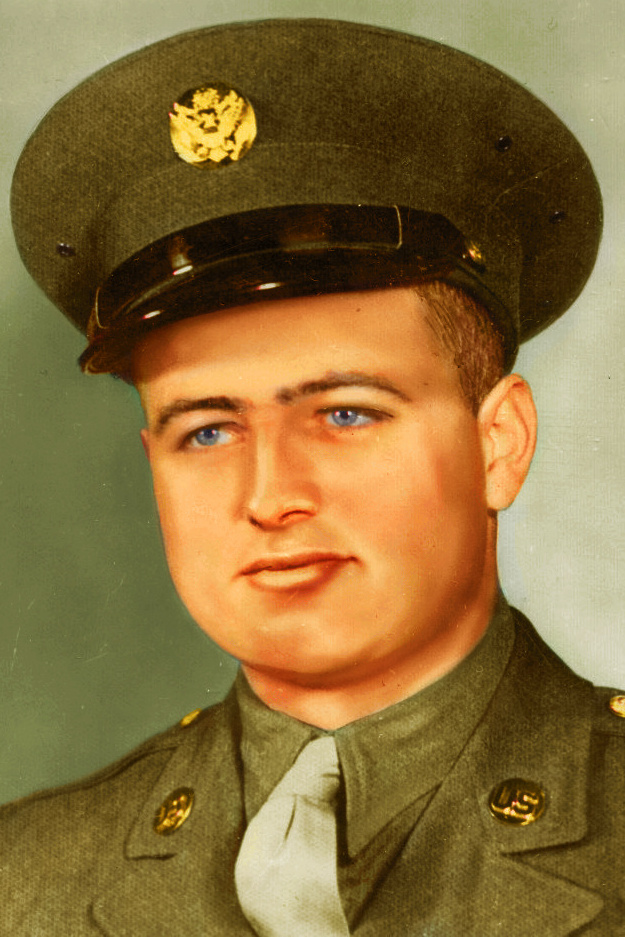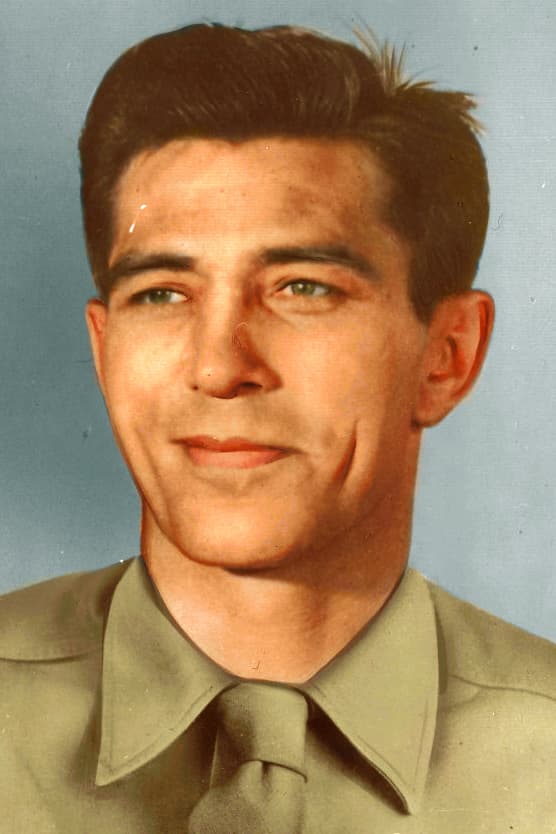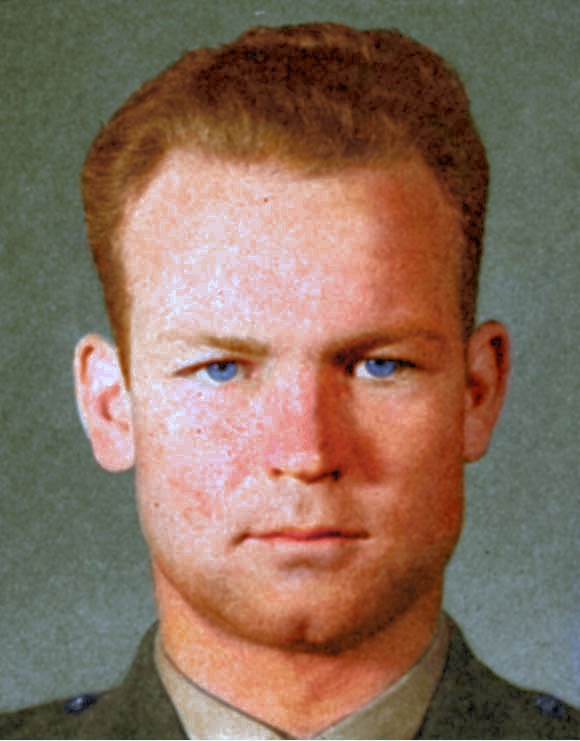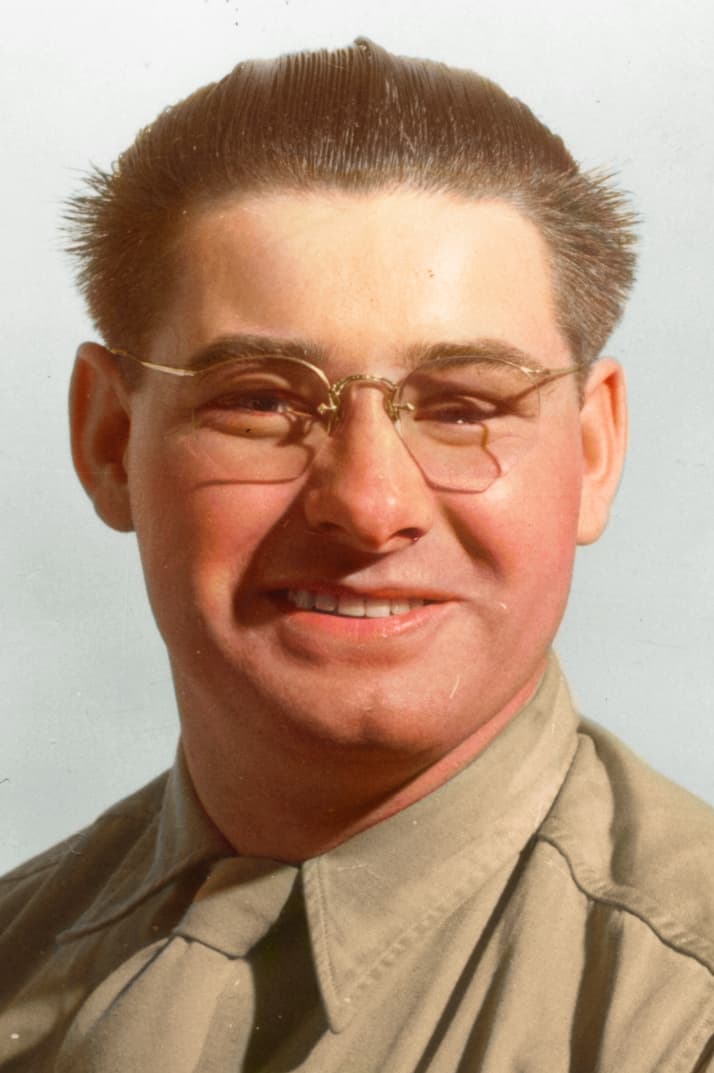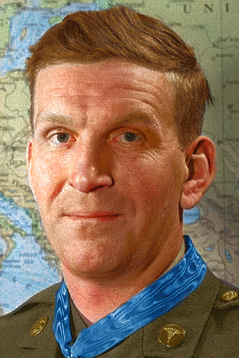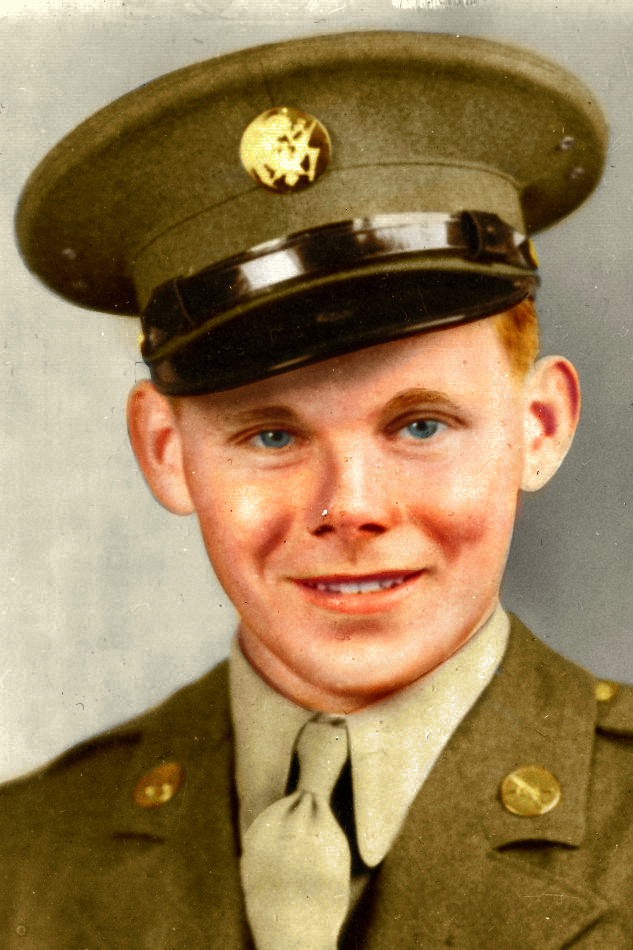Maj Gregory “Pappy” Boyington, 31, USMCR (1912–1988)
VMF-214, MAG-11, 1st Marine Aircraft Wing
Central Solomon Islands Area
September 12, 1943 – January 3, 1944
Presented October 5, 1945
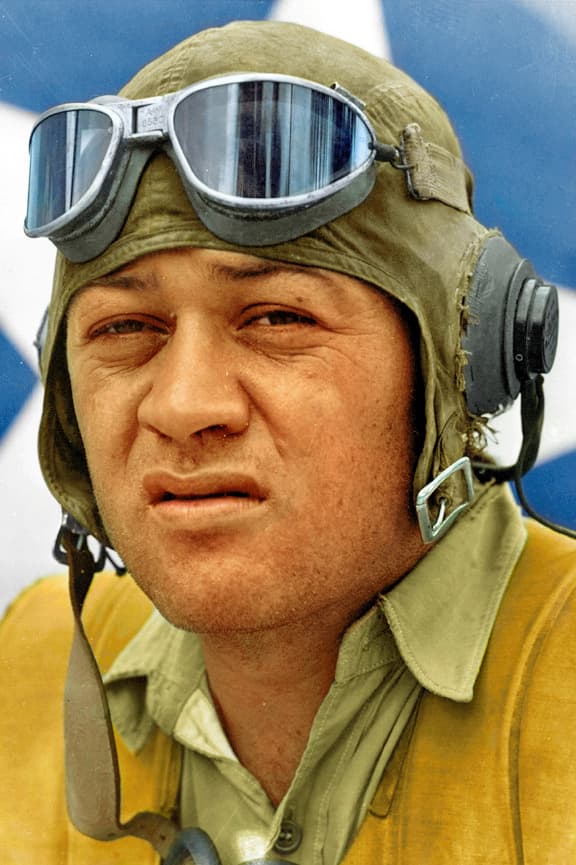
The President of the United States of America, in the name of Congress, takes pleasure in presenting the Medal of Honor to Maj Gregory “Pappy” Boyington (MCSN: 0-5254), United States Marine Corps Reserve, for extraordinary heroism and valiant devotion to duty at the risk of his life above and beyond the call of duty as Commanding Officer of Marine Fighting Squadron TWO HUNDRED FOURTEEN (VMF-214), Marine Air Group ELEVEN (MAG-11), FIRST Marine Aircraft Wing, in action against enemy Japanese forces in the Central Solomons Area from September 12, 1943 to January 3, 1944.
Consistently outnumbered throughout successive hazardous flights over heavily defended hostile territory, Maj Boyington struck at the enemy with daring and courageous persistence, leading his squadron into combat with devastating results to Japanese shipping, shore installations, and aerial forces. Resolute in his efforts to inflict crippling damage on the enemy, Maj Boyington led a formation of 24 fighters over Kahili on October 17 and, persistently circling the airdrome where 60 hostile aircraft were grounded, boldly challenged the Japanese to send up planes. Under his brilliant command, our fighters shot down 20 enemy craft in the ensuing action without the loss of a single ship. A superb airman and determined fighter against overwhelming odds, Maj Boyington personally destroyed 26 of the many Japanese planes shot down by his squadron and, by his forceful leadership, developed the combat readiness in his command which was a distinctive factor in the Allied aerial achievements in this vitally strategic area.
